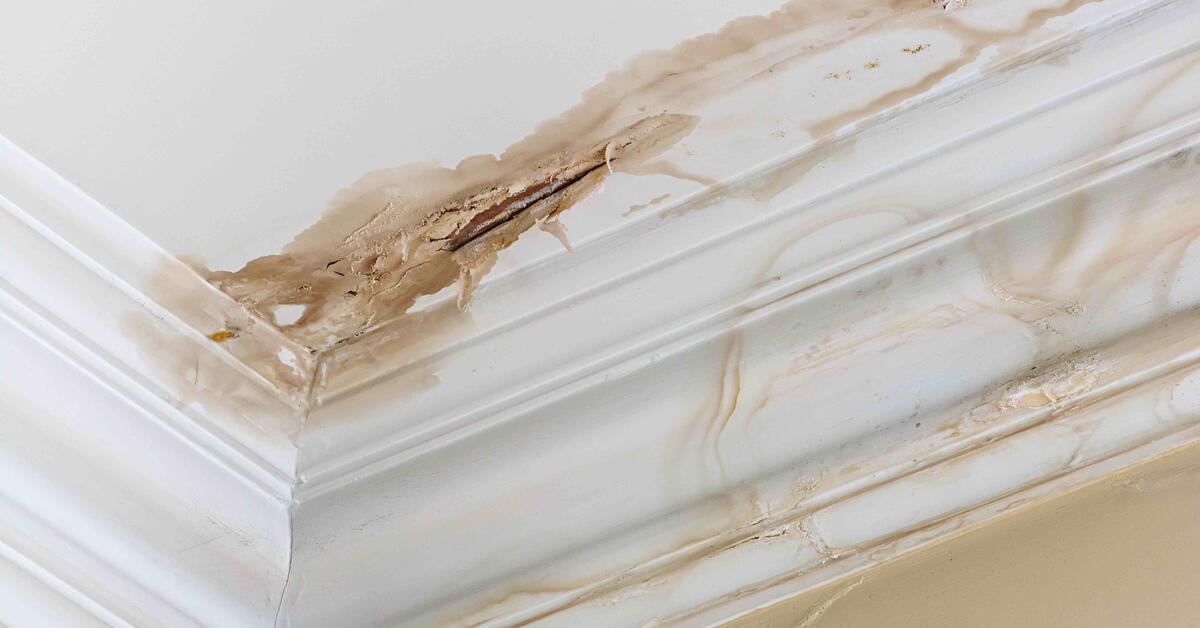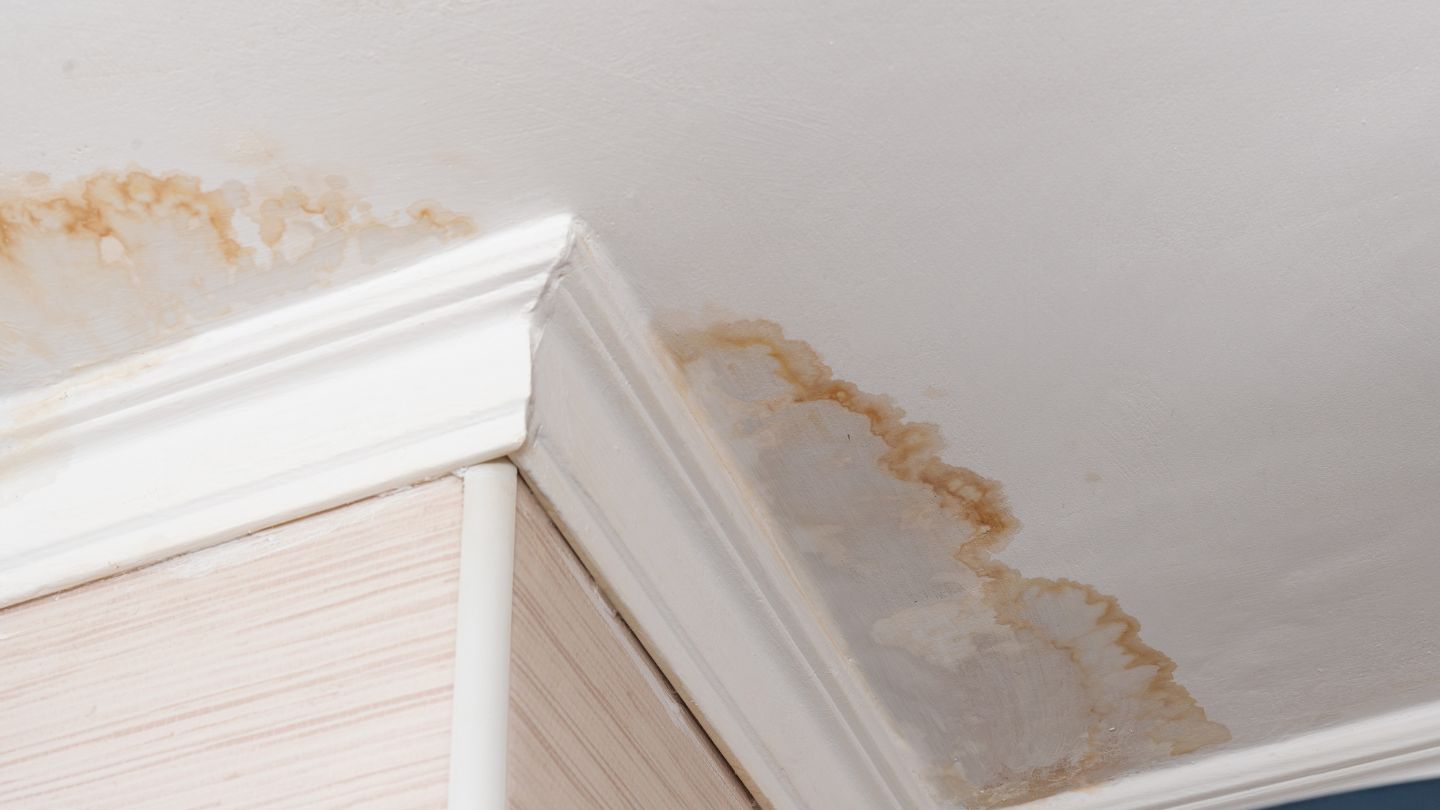Immediate Water Extraction Services to Prevent Structural Damage
The Refine of Water Damages Cleanup: Ensuring Your Home Is Restored Efficiently
Water damages can be a complicated difficulty for home owners, requiring a thorough and structured cleaning procedure to restore security and performance. At first, a detailed assessment is vital to recognize the extent of the damages and establish the suitable removal steps. Following this, reliable water extraction methods play a crucial duty in minimizing additional injury. Nonetheless, the nuances of drying, sanitizing, and eventual reconstruction are equally essential and usually forgotten. Understanding these phases can make a considerable distinction in the end result of your home's remediation, prompting a closer take a look at what each step involves.
Assessing the Damage
Upon uncovering water damage, the very first step is to completely examine the level of the effect. This preliminary assessment is critical, as it aids identify the required steps for effective cleanup and restoration. Begin by examining the affected locations, including wall surfaces, ceilings, floors, and individual valuables, to determine the resource of the water intrusion, whether from flooding, leakages, or condensation.
Recording the damages is important for both insurance policy cases and preparing reconstruction initiatives - damage restoration services. Use pictures and composed notes to capture the extent of the damages, keeping in mind any type of affected architectural elements and materials. Pay unique interest to areas that may not be promptly noticeable, such as behind wall surfaces and under carpetings, as concealed dampness can lead to additional complications, consisting of mold development
Furthermore, assess the timeline of the water direct exposure. Ultimately, a detailed evaluation lays the foundation for a successful water damages cleaning process, making certain that all impacted locations are addressed successfully and thoroughly.
Water Extraction Strategies

Specialists generally use submersible pumps for larger quantities of water, which can quickly minimize flooding in cellars or various other affected areas. For smaller quantities, wet/dry vacuum cleaners are often utilized to remove recurring moisture from carpets and difficult surface areas. Additionally, utilizing portable extractors permits for targeted removal in restricted areas or areas with delicate materials.
In instances of polluted water, such as sewage or floodwater, progressed removal strategies might include making use of biohazard equipment to make certain safety and compliance with health policies. High-powered extraction tools are vital in minimizing water retention in architectural products, which can lead to mold and mildew growth and architectural wear and tear if not addressed quickly.
Eventually, the effectiveness of water extraction techniques plays a crucial duty in the general success of the water damage cleanup process, laying the foundation for succeeding repair efforts.
Drying and Dehumidification
Once standing water has actually been successfully drawn out, the next essential stage in the water damage cleanup procedure is drying and dehumidification. This step is necessary to protect against additional damage and mold and mildew growth, which can occur within 24 to 2 days in damp settings.
To accomplish efficient drying, customized devices such as industrial-grade air moving companies and dehumidifiers is utilized. Air movers flow air across damp surfaces, enhancing evaporation prices, while dehumidifiers minimize humidity degrees in the air, advertising a conducive atmosphere for drying. The mix of these tools makes certain that wetness is extracted from furnishings, floors, and wall surfaces, allowing them to dry thoroughly.
It is crucial to monitor the drying out procedure closely. Specialists typically make use of moisture meters to examine the dampness content in different products, making sure that all influenced areas reach appropriate dry skin levels. iicrc water damage restoration This careful strategy helps to stop surprise wetness pockets that can lead to structural damage or undesirable mold and mildew growth.

Cleaning and Sterilizing
After the drying and dehumidification phase is complete, the next crucial step in water damage clean-up is cleansing and disinfecting the influenced locations. This procedure is crucial to avoid the growth of mold, bacteria, and other microorganisms that flourish in moist atmospheres.
The cleaning phase generally includes eliminating any debris, dirt, and impurities from surface areas making use of specialized cleaning up agents. For hard surfaces, a combination of soap and water or commercial cleansing items is commonly utilized. Soft materials, such as upholstery and carpetings, might need much more substantial cleaning methods, consisting of vapor cleaning or deep extraction strategies, to make certain detailed sanitation.

Disinfecting follows cleansing, making use of EPA-approved anti-bacterials to eliminate harmful microbes. This step is essential, specifically in locations that may have come into call with floodwaters or sewage, as these resources can pose significant health and wellness risks.
Furthermore, it is essential to resolve any type of continuing to be odors, which might require the usage of odor neutralizers or sophisticated strategies like ozone treatment. Correct cleaning and disinfecting not only bring back the safety and security and hygiene of your home yet also prepared for effective remediation and fixings in subsequent stages of the water damages cleanup process.
Reconstruction and Repairs

Once the assessment is full, repair efforts can begin. Additionally, floor covering might need similar focus, depending on the level of water exposure.
It is crucial to involve knowledgeable repair professionals throughout this procedure, as they possess the knowledge to handle complex fixings successfully. Additionally, they can aid alleviate potential future problems, such as mold development or structural instability, thus making certain a habitable and safe living atmosphere. Eventually, effective repair and repairs bring back the home's integrity and improve its overall value.
Conclusion
Finally, the process of water damage cleaning is crucial for bring back a home to its pre-damage problem. Each stage, from assessing the damage to applying efficient water removal techniques, complied with by thorough drying, disinfecting, and necessary repair services, plays an important function in making certain safety and compliance with building criteria. Effective execution of these steps not just minimizes prompt damage but likewise boosts the long-term honesty and value of the residential or commercial property.
Water damages can be a complicated difficulty for house owners, requiring a careful and organized cleanup process to recover safety and security and capability. Eventually, an extensive assessment lays the groundwork for an effective water damages cleanup process, making certain that all influenced locations are dealt with efficiently and thoroughly.
Reliable water removal methods are important in mitigating damages and stopping further complications adhering to a water invasion event.In verdict, the process of water damage cleaning is vital for restoring a home to its pre-damage problem. Each phase, from assessing the damages to executing effective water removal techniques, adhered to by complete drying, disinfecting, and essential repair services, plays a necessary function in making fire damage insurance sure security and conformity with building requirements.